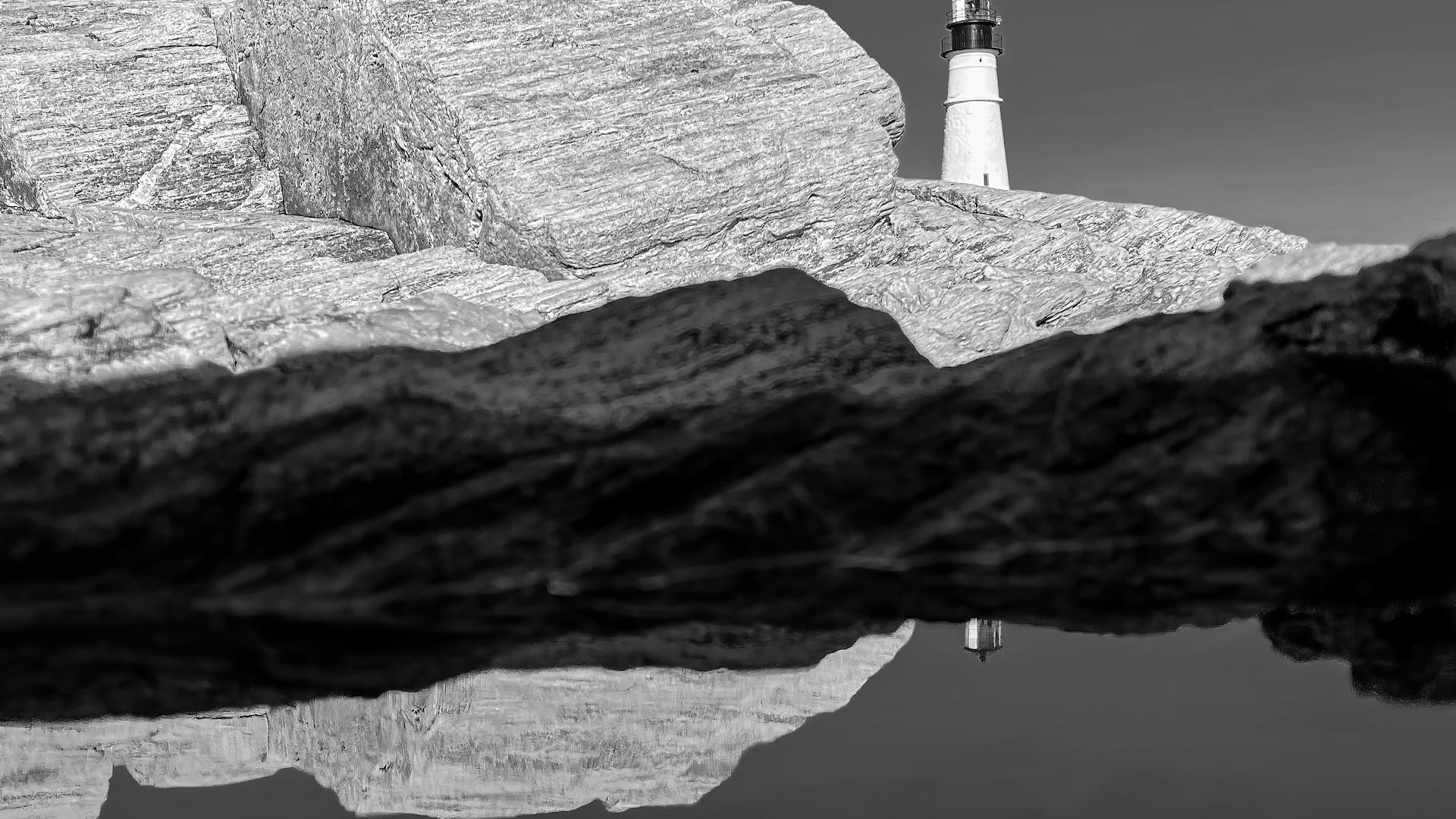How do you read nautical chart symbols?
- Introduction
- What are Nautical Charts?
- Nautical Chart Symbols
- How to Read Chart Symbols: Unit of Measurement
- How to Read Chart Symbols: Depths
- How to Read Chart Symbols: Navigational Marks
- How to Read Chart Symbols: Lighthouses and Buoys
- How to Read Chart Symbols: Dangers and Restrictions
- How to Read Chart Symbols: Miscellaneous Objects
- Using Nautical Charts for Navigation
- Conclusion
Understanding Nautical Chart Symbols for Sailing Navigation
Sailing is an enjoyable activity, but it requires knowledge and skill, particularly when it comes to navigation. One of the most important tools for sailing navigation are nautical charts, which provide detailed information about the sea depths, coastlines, navigational aids and dangers that sailors may encounter while out in the open water. To get the best out of a nautical chart, it is important to understand how to read its symbols correctly, so let’s explore how to do this in more detail below!
What are Nautical Charts?
Nautical charts are maps that provide detailed information about the seafloor and coastline in a given area, including depths, navigational aids and dangers that sailors may encounter while out on the open waters. They are used by sailors not only for planning their trips but also for aiding them during their voyage by providing information on currents, winds and other environmental conditions such as fog or storms that could affect their journey ahead. Nautical charts come in a variety of sizes from small paper charts (such as those used on small boats or yachts) to large wall-sized charts that cover large areas of ocean (such as those used on cruise ships).
Nautical Chart Symbols
Nautical charts contain different symbols which represent various features such as depths, navigational marks (e.g., buoys), lighthouses and other man-made structures, dangers and restrictions (e.g., no anchoring zones), and miscellaneous objects such as wrecked ships or debris fields (see Figure 1). It is important to understand these symbols so that you can interpret what they mean and plan your journey accordingly.
Figure 1: An example of nautical chart symbols
## How to Read Chart Symbols: Unit of Measurement
To read nautical chart symbols correctly, you must first determine which unit of measure is being used by looking at the large magenta letters at the top right corner of the chart (see Figure 2). The most common units are feet (ft) or fathoms (fath), though other units such as metres can also be used depending on the type of chart being used (e.g., harbour or coastal charts). Once you have determined which unit is being used, you can then interpret each symbol accordingly (see Table 1).
Figure 2: An example of a nautical chart with unit of measurement indicated at top right corner
## How to Read Chart Symbols: Depths
Depths are usually indicated using numbers within circles or triangles (see Figure 3). The numbers indicate the depth in feet or fathoms depending on which unit has been specified in the chart’s title box at the top right corner (see Figure 2). For example, if the unit is specified as ‘ft’ then a number within a circle indicates that this point has a depth of 6 feet below sea level; likewise if it is specified as ‘fath’ then a number within triangle indicates that this point has a depth of 4 fathoms below sea level (see Table 1).
Figure 3: An example of depth symbol indicating 6 feet below sea level
## How to Read Chart Symbols: Navigational Marks
Navigational marks such as buoys can be identified by looking for symbols consisting of two concentric circles with an arrow inside pointing towards either side (see Figure 4). The colour of these symbols indicates whether they represent safe water or danger areas; red buoys mark danger areas while green buoys mark safe water areas along with any obstructions or hazards that may be present in them (see Table 1). Additionally, some buoys may have lights attached so they can be seen even when it is dark outside; these will be indicated using an additional circle with radiating lines around it placed above the main buoy symbol on nautical charts (see Table 1).
Figure 4: An example navigational mark symbol indicating a buoy
## How to Read Chart Symbols: Lighthouses and Buoys
Lighthouses can be identified by looking for symbols consisting of two concentric circles with an arrow inside pointing towards either side accompanied by two vertical lines extending above and below it (see Figure 5). This combination indicates that there is a lighthouse located at this point along with any associated navigational marks such as buoys which may be present nearby; again these will be coloured either red or green depending on whether they indicate safe water or danger areas respectively (see Table 1). In addition, some lighthouses may also have lighted ranges associated with them indicated using multiple arrows pointing towards each other inside a single circle placed above the main symbol on nautical charts (see Table 1).
Figure 5: An example lighthouse symbol indicating a lighthouse located at this point along with associated navigational marks
## How to Read Chart Symbols: Dangers and Restrictions
Dangers such as rocks or shoals can be identified by looking for symbols consisting of two concentric circles with an hourglass shape between them pointing downwards accompanied by two vertical lines extending above each side (see Figure 6). This combination indicates that there is a dangerous obstruction present at this point which should be avoided if possible; however if navigation through this area cannot be avoided then further caution should be taken when doing so due to its hazardous nature (












